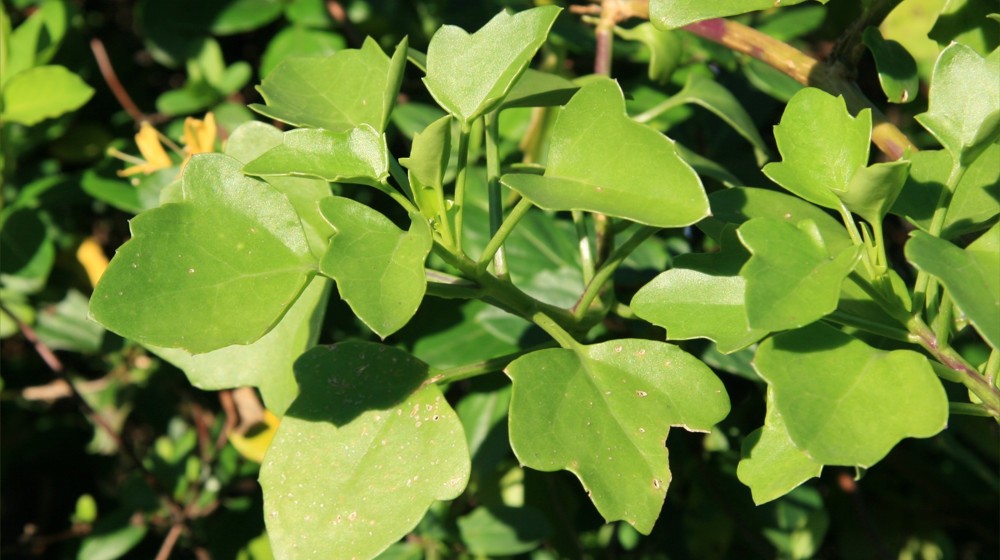-
-
-
-
-
-
-
-
-
-
Cape ivy
-
-
-
-
-
-
-
-
-
-

Cape ivy
| Common name: | Cape ivy |
| Scientific name: | Senecio angulatus |
| Management programme: | Progressive containment |
Cape ivy smothers ground and low-growing plants by forming thick, long-lasting mats that prevent native plant seedlings from growing. It produces lots of seeds that live for a long time and are spread far away from parent plants.
Cape ivy is a scrambling plant, often forming a thick tangled shrub 2-3m tall, with wiry to woody stems that have few branches. It has fleshy, leathery leaves with 1-3 rough points on each side, and the top leaves are smaller, narrower and occasionally smooth-edged. Thick clusters of yellow, ragwort-like flowers (11mm diameter) are produced, followed by fluffy seeds. It is found mainly in the Dunedin City and Otago Peninsula areas with 85 known sites.
















Everyone in Otago must eliminate cape ivy on the land they occupy. This is to ensure infestation levels are reduced and threats to the environment are minimised.
- Slash any small infestations and hand-pull any regrowth
- Cut and paste the stump near the ground using a suitable herbicide gel like Tordon BK containing either metsulfuron, triclopyr or glyphosate
- Foliage spray using a glyphosate-based product with penetrant or Banvine
Caution: When using any herbicide or pesticide PLEASE READ THE LABEL THOROUGHLY to ensure that all instructions and safety requirements are followed.
Disclaimer: Mention of product trade names does not endorse these products nor imply criticism of similar products not mentioned. The Otago Regional Council does not give any warranty that the information is accurate or complete or that it is suitable for all circumstances.
www.orc.govt.nz/capeivy
















